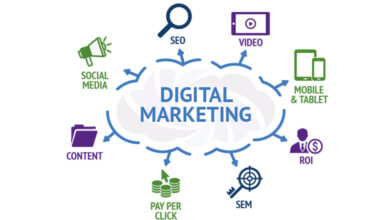
Data driven cleaning and transparency
Cost of commercial cleaning is increasing at a fast rate- due to the increased need of constant cleaning, and increasing cost of labor. The back to work post COVID imposes a lot of restrictions and requirements- occupants need to know that the space is safe to use and was cleaned sufficiently, and sanitized when necessary.
There is about 54 billion sq ft of commercial office space in the US which requires the attention of custodial service providers every day. That number is rapidly growing as new construction increases. With the hybrid workplace gaining in popularity the occupancy level will vary from day to day in the office buildings and the need for a smart restroom technology to ensure safety becomes imperative.
According to the pre-COVID cleaning process the custodial staff must walk around and check common areas and restrooms in a facility even if that doesn’t require their attention. While there are serious discussions about “data driven cleaning”, it remains a theoretical concept for the majority of the industry except for some early adopters. Quality of service is a key factor to adopt data drive cleaning but there is also a serious financial reason.
Let us consider a financial scenario utilizing the average / sq ft cost in the US. If an individual covers approximately 2.5 sq ft / stride, the collective step by the custodial staff in the US (to cover 54 billion sq ft) is about 22 Billion. The part where it becomes interesting is the cost, the average labor cost is about $1 / sq ft / month, which is a constantly changing number as wages increase and the effect of COVID-cleaning etc. The above cost translates to $2.50/stride/month which is about $0.01 for each step taken by the janitor and thus the collective cost of a step by a janitor is $220 million across the US. Which means that each misstep by all the janitors in the country is very expensive.
The above is one of the key reasons why utilizing IoT / AI technology to understand how spaces are getting utilized, predict cleanings needs via smart restroom technology and dispatching the right people to the right location at the right time becomes critical. This will not only prevent the missteps described above to eliminate cost but also will ensure a high quality of service to the building occupants. Providing a safe and clean work environment.
By limiting the number of cleanings based on the actual usage of the facility, the resources can be optimized and keeping the overall cost consistent and manageable. This cleaning also needs to be visible to the occupants. Usually, the cleaning staff in a facility are not present and visible everywhere- but post covid, it has become necessary to make cleaning visible to provide a peace of mind to the building occupants. Hence a technology solution should make cleaning and sanitization of the facility/area visible to the occupants.
These are the problems currently starting to be addressed by CRE tech companies. Some are purely software based, and some provide a holistic end-to-end solution with smart sensors and an open platform. One such company is Zan Compute, which provides a smart IOT platform with an end-to-end solution that addresses the problem described above comprehensively. Please see http://www.zancompute.com for more details.








